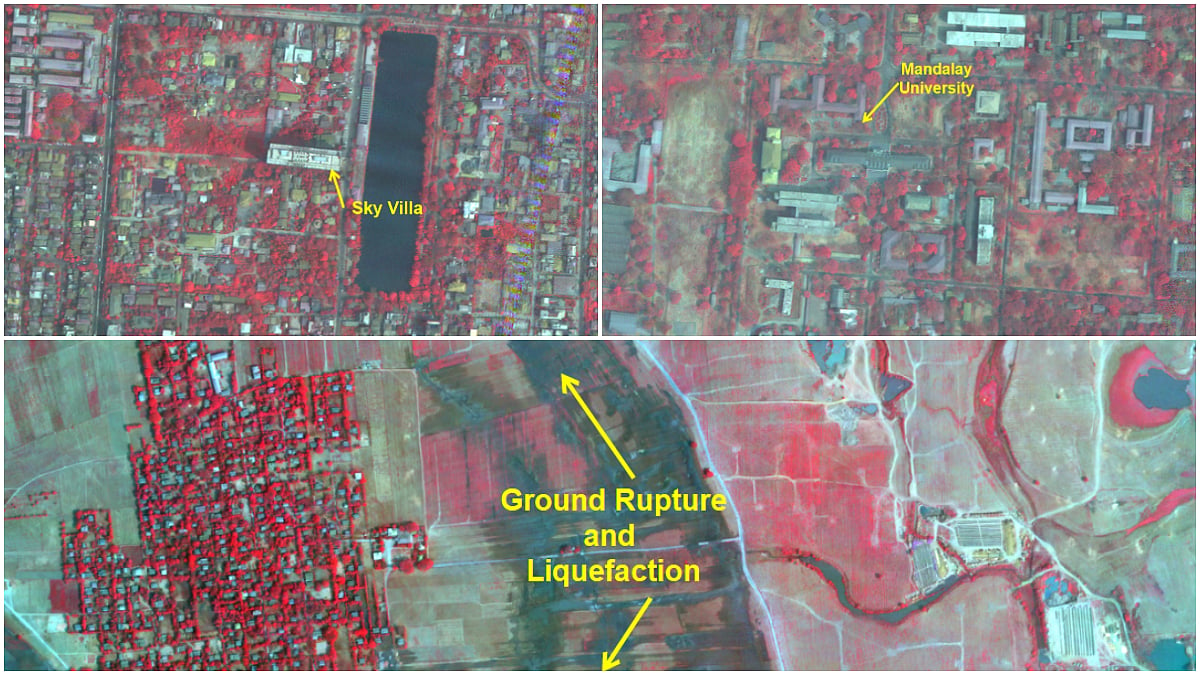The Indian Space Research Organisation (ISRO) is set to launch 52 dedicated satellites for intelligence gathering, surveillance and reconnaissance (ISR) for the Indian Army.
“Space is the ultimate high ground and we are looking at launching 52 satellites for the purpose of intelligence gathering, surveillance and reconnaissance deployed across multiple orbits including Low Earth Orbit, Medium Earth Orbit and Geostationary Orbit to provide comprehensive coverage and resilience,” announced Chief of Defence Staff (CDS) General Anil Chauhan speaking at a the Indian DefSpace Symposium held at Manohar Parrikar Institute of Defence Studies and Analysis.
The symposium discussed military, space industry and policy domains of Indian ambition of militarisation of outer space. The military space doctrine will serve as guiding policy for the Armed Forces marking a pivotal step in the national strategy evolution in monitoring threats, track adversary movements and gather real time intelligence beyond borders.
“The military satellites are crucial for monitoring borders with Pakistan and China, tracking maritime activities in the Indian Ocean Region and countering emerging threats of hypersonic missiles and UAV with advanced sensors, high resolution imaging systems and synthetic aperture radar capabilities to operate 24x7 in all weather conditions,” revealed a senior ISRO official adding the new doctrine will provide clarity to the newly established Defence Space Agency (DSA) on strategy and tactical leverage of space based assets.
The doctrine will address the growing threat of anti satellite weapons, space debris and electronic warfare in space to ensure Indian space assets are secure and operational in hostile environments. India is the fourth nation after the US, Russia and China to possess ability to destroy a satellite in Low Earth Orbit to secure its interest in space.
“Satellites are shrinking in size but growing in capabilities. India is witnessing a strategic shift from large satellites to proliferation and resilient constellations across multiple orbits,” noted former Indian Air Force (IAF) Air Chief Marshal VR Chaudhari highlighting the transformative trends in satellite technology.

The shift toward smaller satellites is a global trend driven by advancements in miniaturisation, artificial intelligence and propulsion technologies with cheaper satellites weighing less than 500 kgs. The small satellites are easy to build and launch to deploy constellations providing redundancy and resilience in event of a satellite failure to ensure uninterrupted ISR capabilities to monitor threats in real time.










